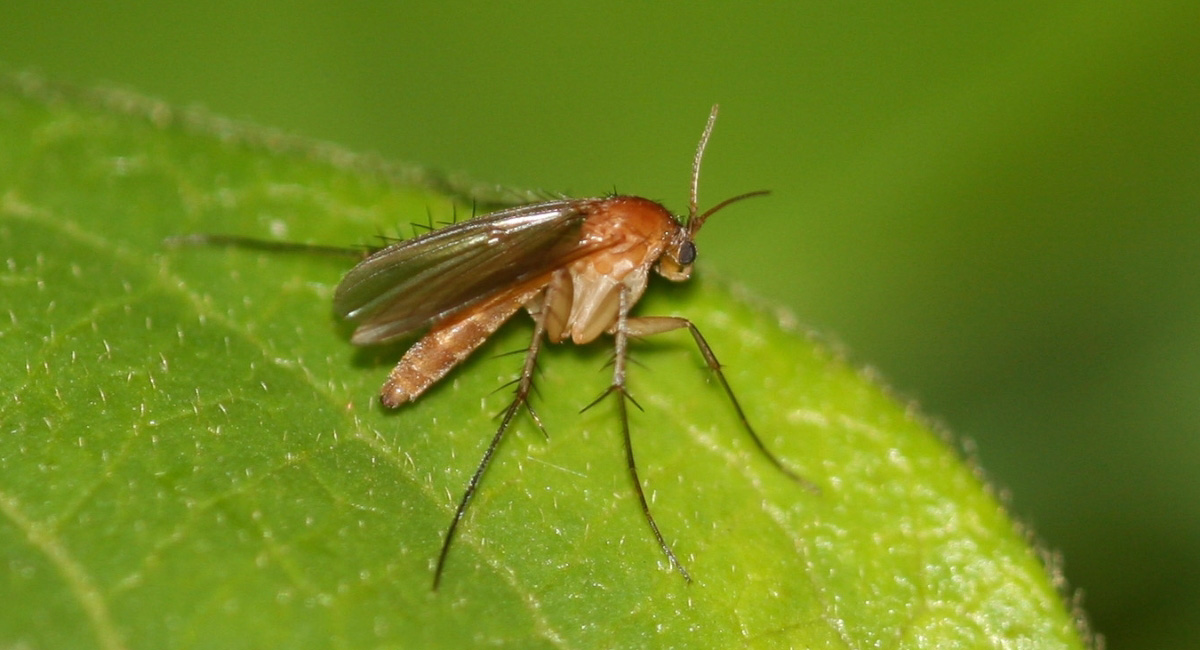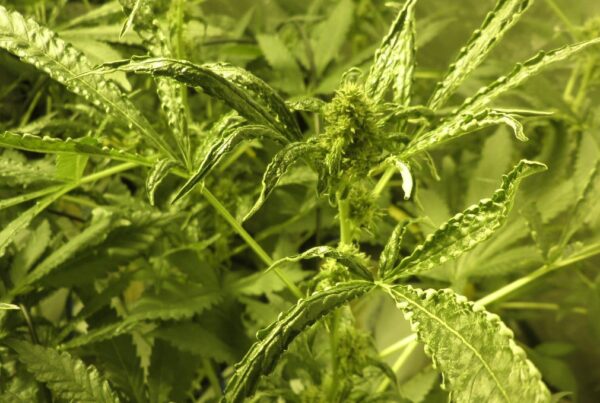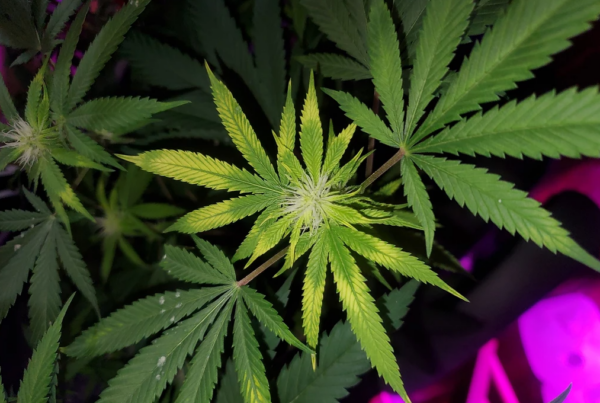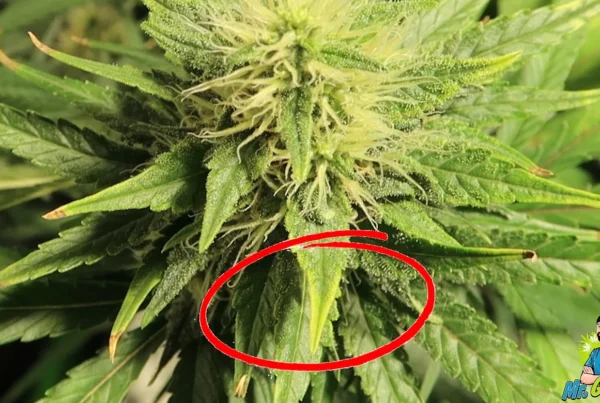Growing cannabis can be fun, but it can be frustrating if issues pop up. One of the major problems that prevents your journey from being problem-free is pests. But don’t panic; most pest problems can be solved. One of the pests that you can run into as a cannabis grower is fungus gnats. Although they can cause great harm to your cannabis plant, they are surprisingly easy to get rid of. This article will help you identify signs of their invasion and describe the methods to eradicate them before they cause any further damage. You will also learn tips to avoid future infestations.
Before we jump into signs and treatments, you must understand what fungus gnats are, their life cycle, why they infest, and how they infest cannabis plants.
What are Fungus Gnats?
Fungus gnats, also known as sciarid flies, can be hard to spot since they are so tiny. They look more like mosquitoes than flies and they have transparent wings. They are more interested in your soil and root system so there is a low chance of finding them buzzing around on the plant’s leaves or flowers. Now that you know that fungus gnats prefer to stay near the soil, learning what drives this behavior is the key to understanding how they cause damage to cannabis plants.
Fungus gnats have a short life span of about a week. Although, they grow exponentially, and before you know it, you can have hundreds of their larvae living under your plants’ soil. Fungus gnats lay their eggs into the soil and once the larvae hatch, they start feeding on the organic matter and fungus in the soil. But these larvae can also devour the roots (mainly thin root hair) of the plants which makes them weak and vulnerable. This attack on the root system impacts overall plant growth and health.
But what triggers these pesky pests to make a home in your plant’s medium? The answer lies in their name; fungus gnats feast on fungus. A moist growing medium provides them with a good fungus meal and a home for their young. Once the plant is infested, the fungus gnats try to stay for as long as possible by adversely affecting the soil’s drainage and ensuring it stays wet for their greater good.
Fungus gnats can potentially kill your cannabis plants. For effective treatment, you must know the major signs of infestations.
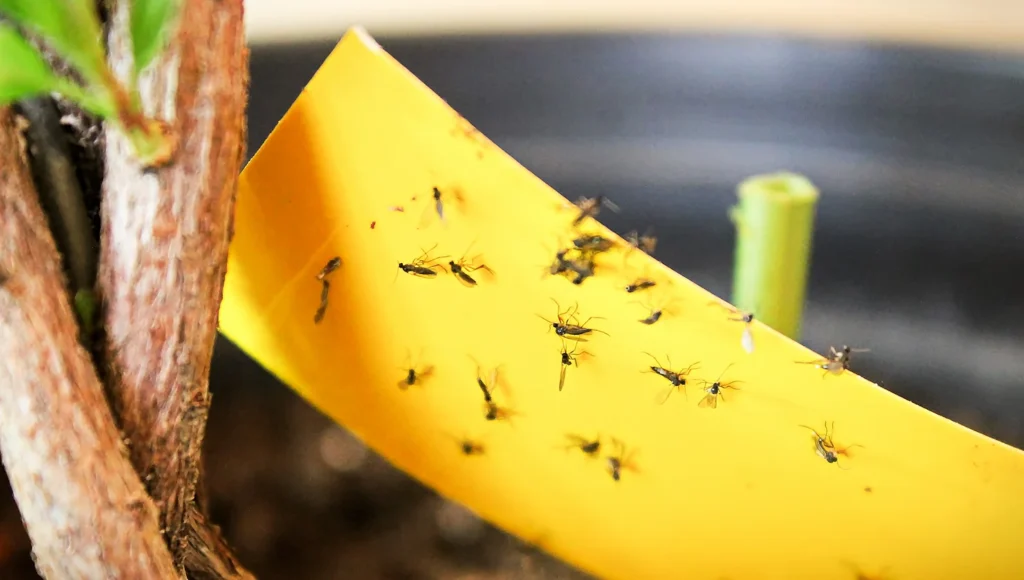
Signs of A Fungus Gnat Infestation
Here are a few signs of fungus gnats’ infestation:
Adult Fungus Gnats
If you see adult fungus gnats buzzing around your plant, you likely have a fungus gnat infestation. Although adult gnats will not feed on your roots, they will lay hundreds of eggs that will eventually attack the root system. These pests are tiny, but if you regularly monitor and inspect your plant, it is easy to spot one early on.
White Larvae
Fungus gnats lay their eggs in the top layer of the growing medium. If you spot translucent larvae crawling around in the medium, that’s a sign of invasion. Since these larvae are so small, it is very difficult to see them.
Weak Seedling or Plant
If your plant looks dull and droopy for no apparent reason and there is no nourishment deprivation that can be causing the issue, then you may have fungus gnats’ larvae nibbling on your root system. They impact plant growth and overall health. Unhealthy wilting plants and slow growth are key indicators of infection.
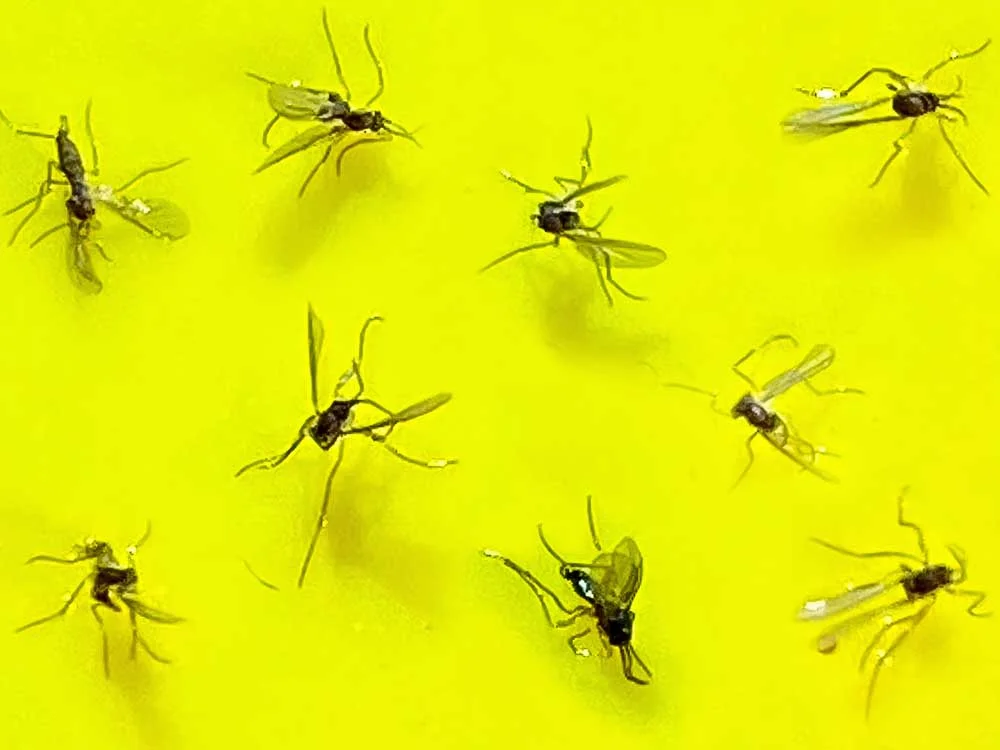
Fungus Gnats Treatment
If you have identified signs of fungus gnats, don’t worry. You can easily treat your plant by adopting a few methods that are guaranteed to work.
Stop Overwatering
The primary cause of fungus gnats is overwatering the soil. Wet soil elevates fungus growth and consequently attracts these pests. Dry topsoil is a quick fix to this problem as this deprives fungus gnats of fungus and drives them to leave.
Yellow Sticky Traps
Apparently, fungus gnats are not only fond of wet soil, but they also like yellow. Yellow sticky traps are commonly available at gardening stores and are arguably the most common method for combating a gnat infestation. The yellow sticky traps attract fungus gnats and trap them. Using them will give you an indication of how severe the issue is. But a few gnats stuck on paper does not solve the problem entirely.
Blow Air Over the Soil
A fan blowing air over the soil will make it difficult for the adult fungus gnats to fly around. It will also help dry the topsoil making it inhospitable for these pests.
Neem Oil
One chemical-free way to treat this problem is by using neem oil. You can spray it on the plant and on top of the medium to keep the fungus gnats at bay. But it is not recommended to spray onto your plants when in flowering. Neem oil also kills many other pests, so it is good to have on hand just in case. Keep in mind that neem oil has a strong smell that takes a long time to go away.
Diatomaceous Earth
A natural method to kill gnats’ larvae is to sprinkle food-grade diatomaceous earth over the growing medium. This is a quick, easy, and organic way to get rid of these pests.
Essentria IC3 Insecticide
Spraying your cannabis plant with this insecticide, commonly known as “bed bug killer” is a quick fix for the problem. This organic solution is simply made up of a handful of essential oils.
BT Bacteria and Hydrogen Peroxide
Many growers use BT (Bacillus thuringiensis var israelensis) bacteria that is known for killing caterpillars and to treat fungus gnat infestations. Watering your plants with this bacteria kills gnats’ larvae. Another solution is to water the plant with a hydrogen peroxide solution (preferably food-grade) in a ratio of 1:4 with water.
It is very easy to prevent a fungus gnat infestation – easier than treating it. The key is to avoid overwatering your cannabis plant. Besides that, keep yellow sticky traps around to quickly detect the problem – if it ever happens. These simple measures will help keep your cannabis plant happy and thriving!
Sources:
- https://homegrowncannabisco.com/grow-your-own-with-kyle-kushman/troubleshooting/fungus-gnats/
- https://www.growweedeasy.com/cannabis-plant-problems/fungus-gnats
- https://www.royalqueenseeds.com/blog-how-to-stop-fungus-gnats-from-damaging-your-weed-plants-n345
- https://www.ilovegrowingmarijuana.com/marijuana-pests-fungus-gnats/
![]()

